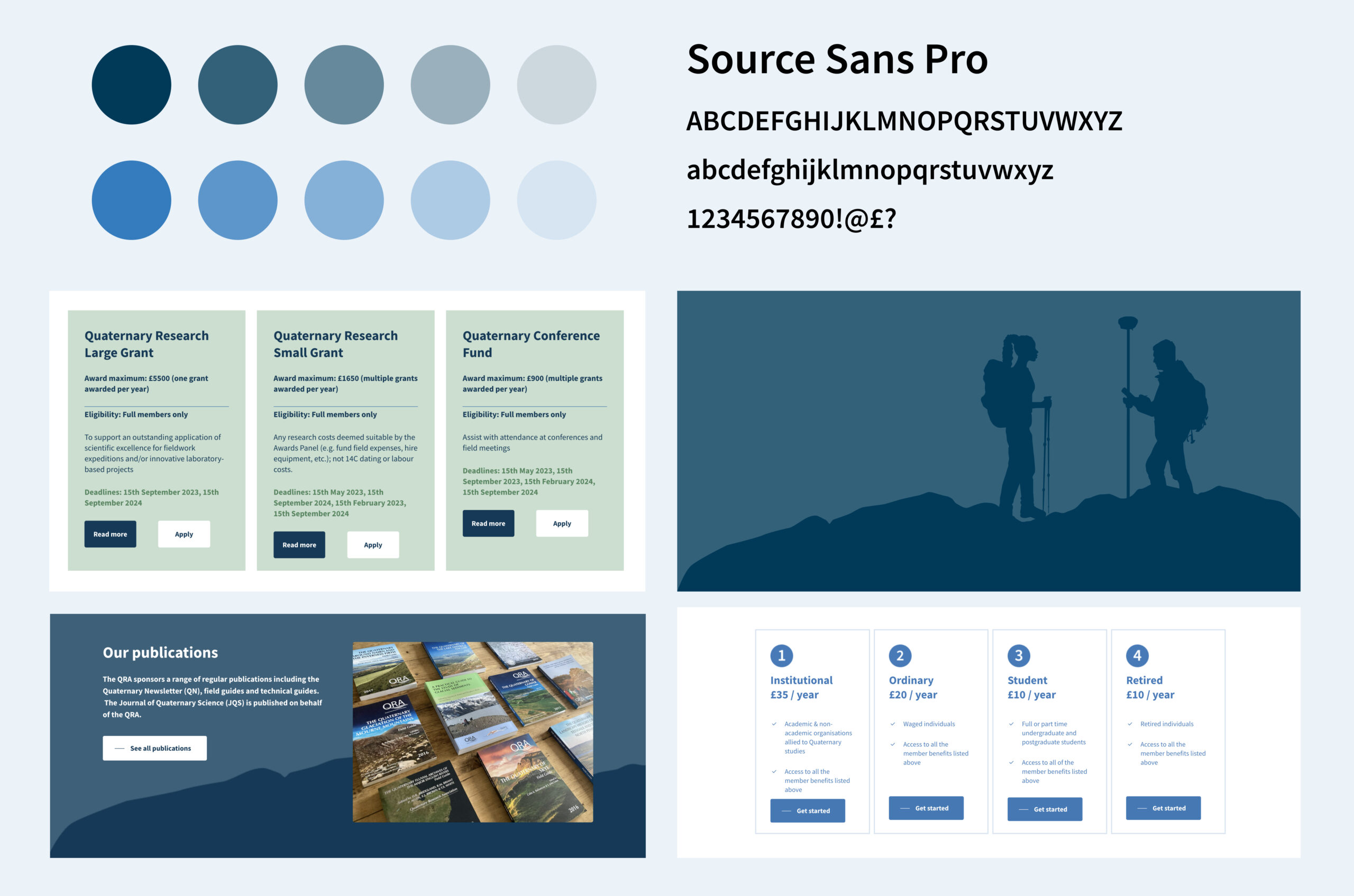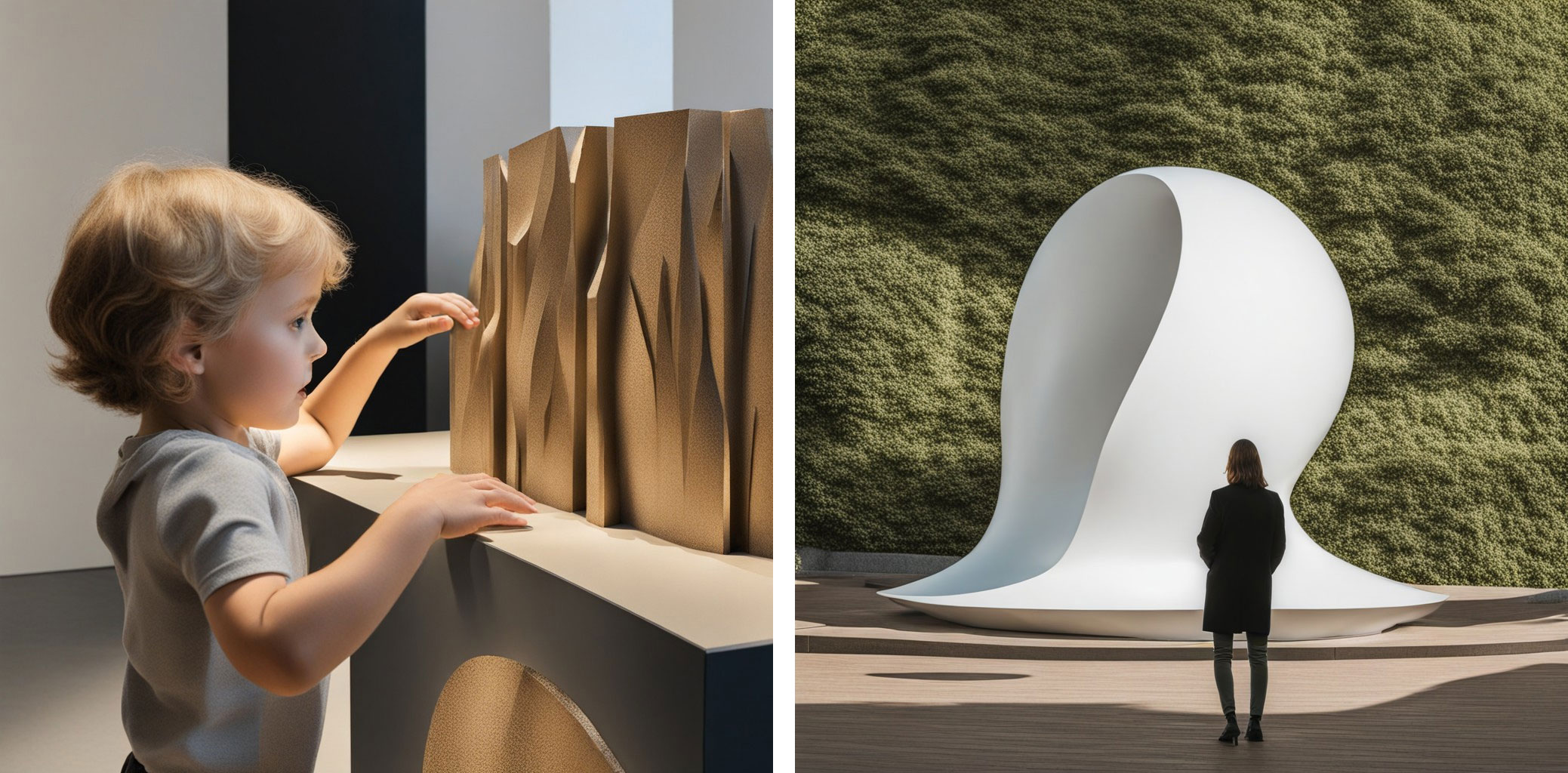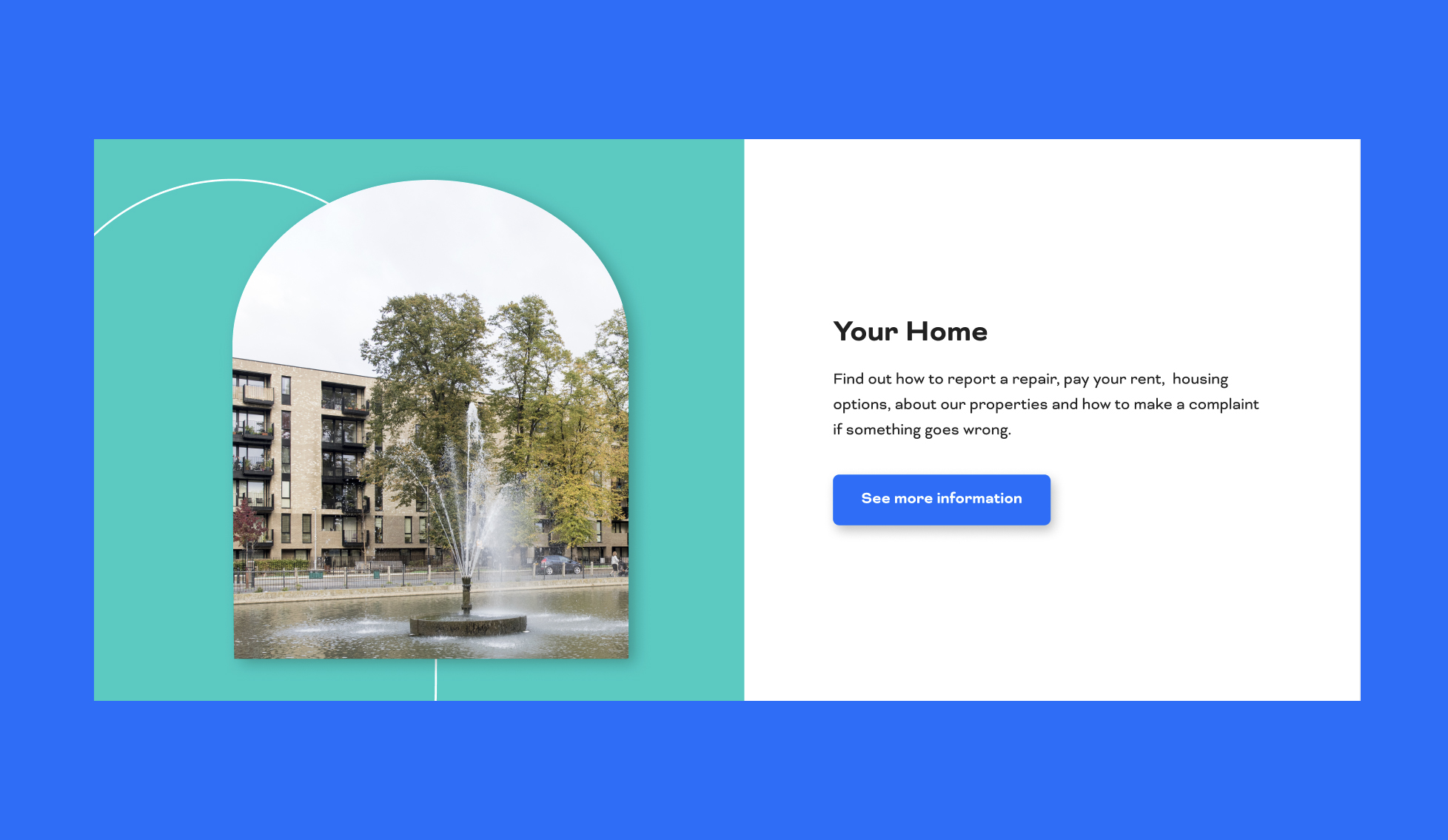The past decade has seen a revived revolution in virtual reality (VR), augmented reality (AR), and mixed reality (MR) and their combination into the all-encompassing extended reality (XR). While Meta has invested billions into its XR headsets, the world is anticipating whether Apple’s first VR entry in 2024, the Vision Pro, will influence the rest of the world as the iPhone once did for mobile devices.
In this article, we explore the landscape of interface design and why they haven’t yet fully embraced multi-dimensions that shape our digital interactions in a mainstream way.
2D as the historical foundation of design
As digital design evolved from print, most of our history conditioned us to create and consume information in 2D. Naturally, our foundation of user interfaces is derived from this thinking, which explains why the 2D canvas remains our fundamental design playground and why most users’ digital and web interactions, aside from CAD and engineering, still happen in 2D.
Typography, colour, and images are elements in the visual hierarchy that guide the user’s navigation and experience. We are still at the stage of crafting responsive layouts that guide users through 2D journeys for most digital interactions and services.
3D depth added to the visual tapestry
Most humans perceive the natural world in 3D, and thus, profound experiences tend to play on perspectives to surprise or delight the user. When interacting with physical objects, we deal with 3D controls with embedded qualities like rotating, clicking, and moving in all dimensions where we feel resistance or texture with our fingers. While building these into interfaces, we still expect the complete tactile digital conversion to catch up.
There is a parallel evolution of tactile and haptic feedback happening, which is slowly introduced into the digital world to provide object screen interactions with some tactile confirmation; a prime example of this is Apple’s Magic Trackpad, which allows a static glass surface to feel a click indistinguishable from a mechanical one. Another example is the PS5 Dual Sense controller, where trigger buttons offer varying resistance. Despite these technologies, we can still not fully convey all the tactile senses that come with a transition into XR simply because objects don’t exist in the real world. Teams across the globe are working on bridging that gap so that we can feel virtual things through some sensory feedback.
Going back to interfaces, although the design trend changed from skeuomorphic to flat/material design, we still borrow the principles of 3D to inform users of elevation and states, like shadows, gradients and object-scaling, which simplifies the effects of 3D objects but on a 2D plane.
Navigating towards the mainstream use of XR presents even more opportunities and transformative power to rethink existing user interactions, something which hasn’t been tried or done compellingly yet.
Future of XR and navigation of 3D spaces
Whilst the original VR race has slowed down a little, XR development is still pushing the boundaries because the possibilities are endless. People show interest in it, and encountering people who’ve experienced VR is very common. Many reasons drive technology adoption, but a common ground is that XR offers experiences that might not be possible in the real world. We strive to sit with our friends or colleagues virtually as if they were there with us or walk into a virtual brick-and-mortar shop as if we were on a high street on the other side of the world. This includes experiences of places, object permanence and the navigation we are subjected to as graphics become more indistinguishable from reality.
This is where we should question the progress of interface design. Why, when we can already create in 3D, are we still making or presenting interfaces or websites in 2D but within a 3D world? We glimpse promises of the Vision Pro offering access to spatial photos and videos. However, we don’t mention spatial interfaces or spatial websites.
We can overlay digital wonders onto reality in AR or entirely escape into VR worlds, but both should invite users to explore interactive 3D interfaces within the metaverse. The spatial relationships we craft between the content, journey and interaction would encourage users to explore and engage in new ways. We find so much more delight in walking around and exploring a museum’s art gallery than scrolling a webpage about the same exhibition. XR websites can be designed to provide that same experience as if we were there. Maybe we should think about websites from the angle as if they were buildings with rooms instead of text and images on a page. Google’s offering of virtual pocket galleries is only limited by the supporting VR tech and perhaps the best taster of what is to come.
Using sound to complete a multi-sensory experience
Sound gives us audio cues of spatial positioning in the natural world. If you were in a room and heard a faint whisper of a piano playing down the hall, you would be curious to venture over to watch or see who was playing. When applied to XR, we can use audio cues to guide people to specific content within a spatial world.
Voice User Interface (VUI) allow a hands-free dimension. We are already getting more accustomed to talking with voice assistance, so this would only be improved with AI, where responses will be more human-like and rich, leading you to content as if you were given directions by an usher at a concert.
Conclusion
We are still very much on the frontiers of practical XR. Perhaps we are too early and are waiting for a catalyst to drive 3D interfaces forward. As we see XR’s maturation and mass adoption over the coming years, creative agencies can tap into the additional dimensions to rethink interfaces in digital design. We can explore how to design multidimensional journeys for the end user to make their experiences more meaningful and memorable. We are all so used to being asked to create rapid or optimised user journeys that are very functional that we forgot to ask, what about the visitors who are turning towards ‘experiences’? Especially in the 3D world, the critical consideration may lie between offering a choice to guide them down a gentle, scenic road instead of the functional motorway and allowing them time to explore curated 3D interfaces within the XR worlds.
Interested in developing a greater user experience on your website?
Contact us to learn more about how we can help develop a greater user experience website.





